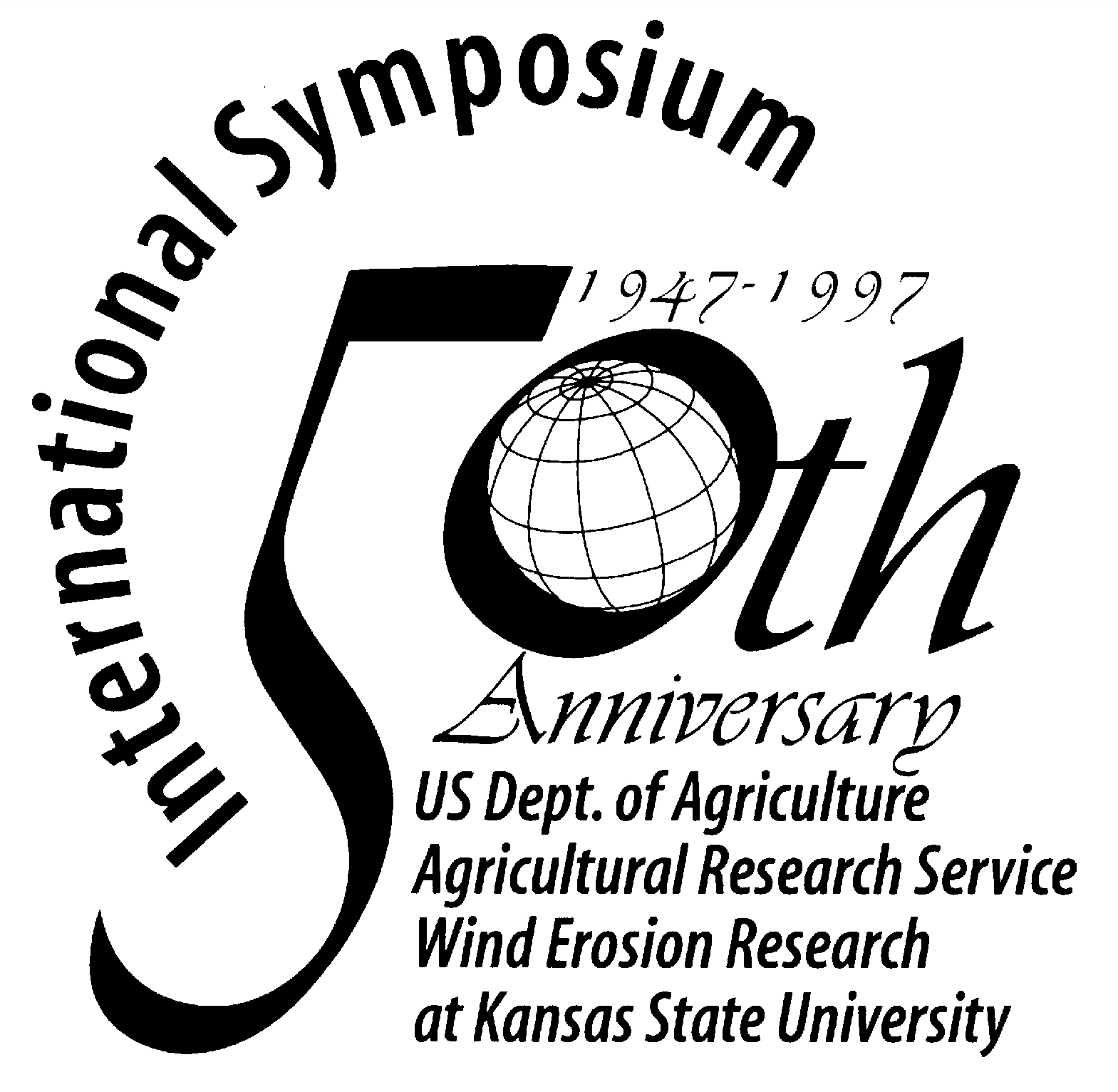|
Wind-sandy Environment and the Effects of Vegetation on Wind Breaking
and Dune Fixation in Horqin Sandy Land, China
Zongying He, Shenggong Li, and Yoshinobu Harazono
Abstract
Horqin Sandy Land belongs to the semi-arid zone with plentiful sand. Its annual
precipitation is about 360mm, and concentrates at summer season. With strong and frequent
wind in spring and unsuitable socio-economic activities, soil erosion and desertification
in this area is easy engender. Establishing vegetation in sand dunes is one of the methods
to prevent wind erosion and fix ground surfaces. In comparison with the shifting dune, the
sand transport rate for vegetation reduced by two orders of magnitude. The
micrometeorological measurement results show that, after vegetation established, there was
smaller shearing stress on the ground surface of vegetation. It means the vegetation can
absorb part of momentum transited down from the upper air, and decrease the momentum
obtained by the surface sand, thus reduce the sand activities. |




